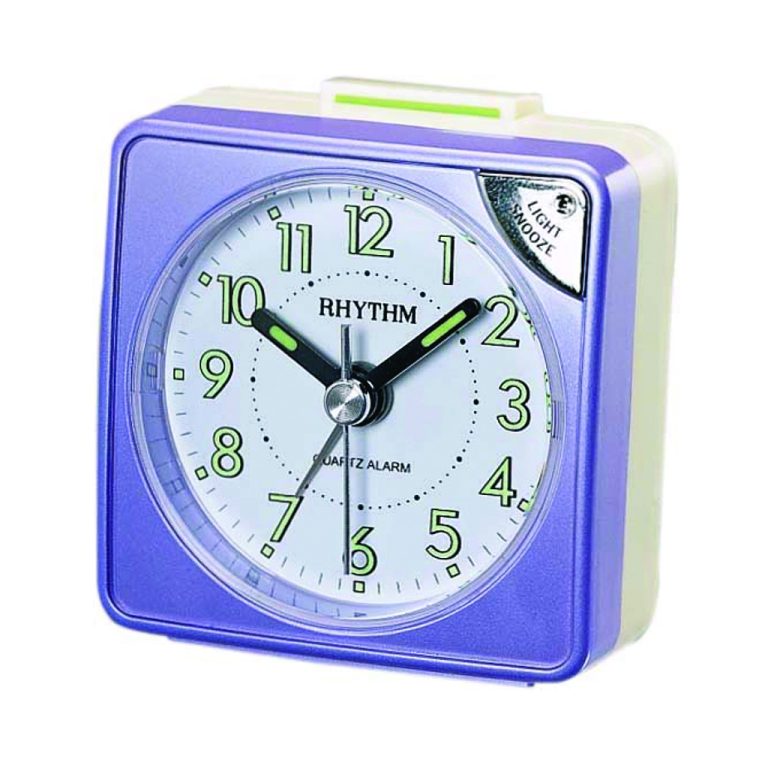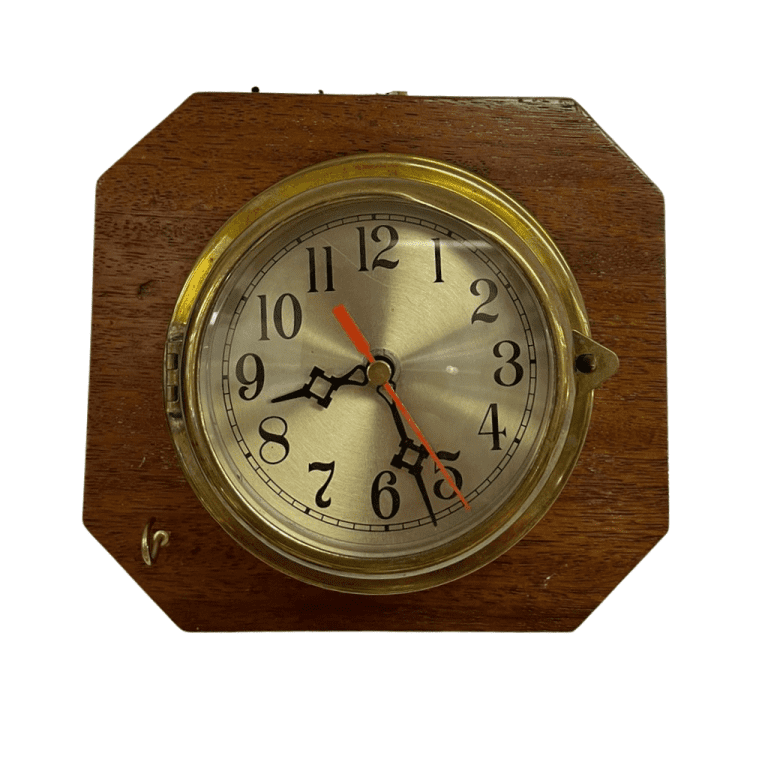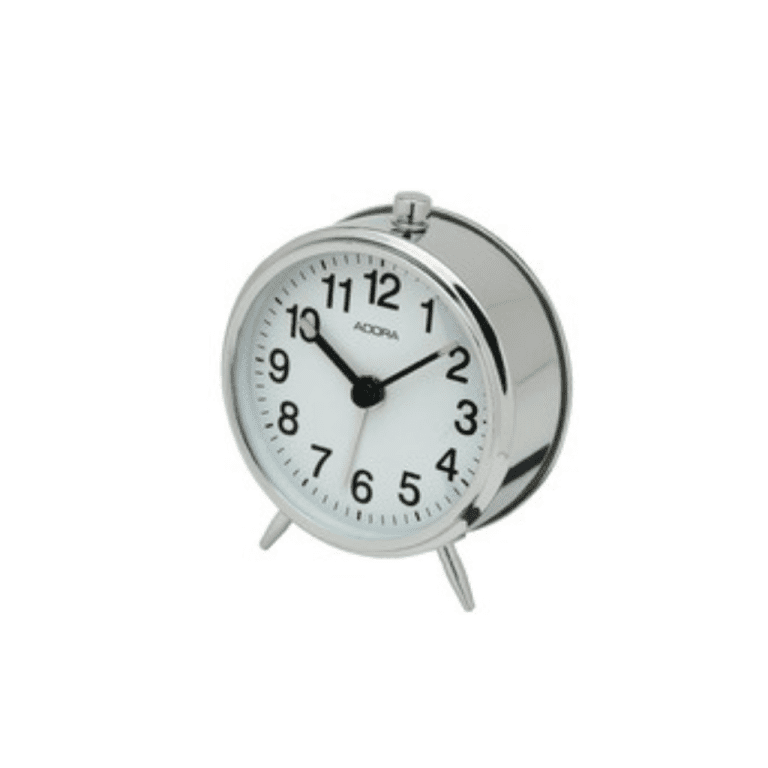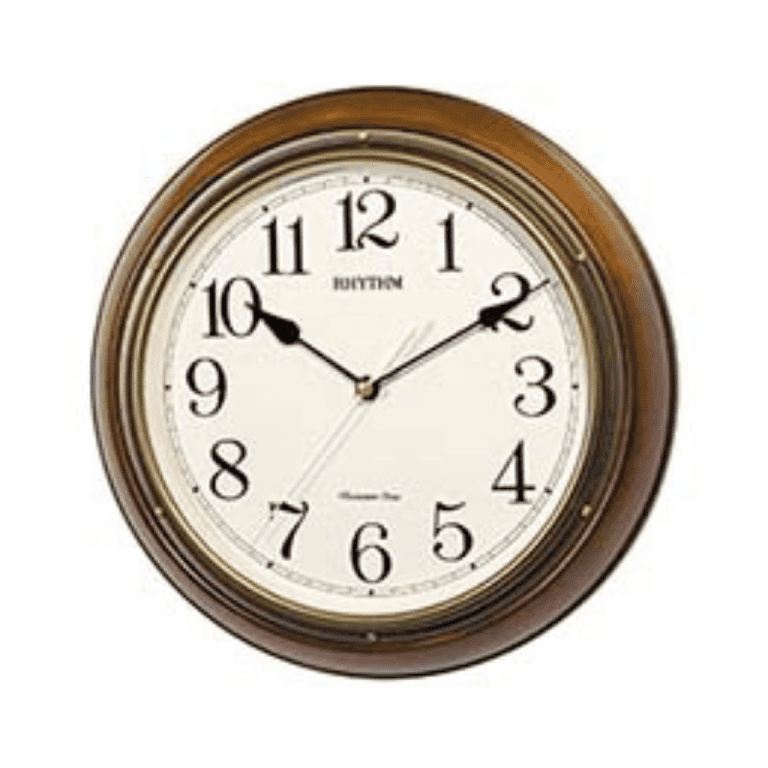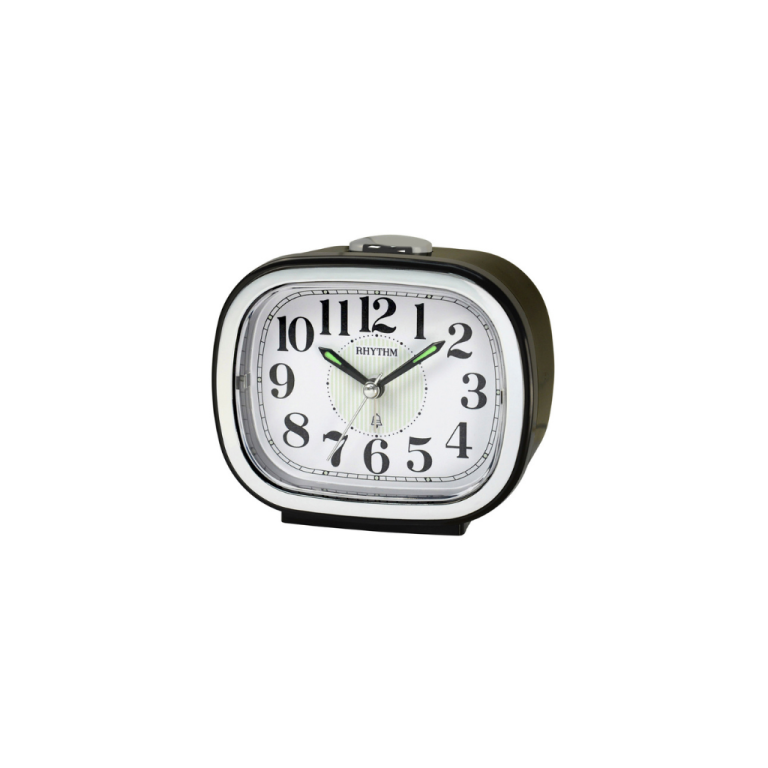Vector clocks are confusing the first time you’re introduced to them. It’s not clear what their benefits are, nor how it is you derive said benefits. Indeed, each Riak developer has had his own set of false starts in making them behave.
The truth, though, is that vector clocks are actually very simple, and a couple of quick rules will get you all the power you need to use them effectively.
The simple rule is: assign each of your actors an ID, then make sure you include that ID and the last vector clock you saw for a given value whenever to store a modification.
The rest of this post will explain why and how to follow that simple rule. First, I’ll explain how vector clocks work with a very simple example, and then show how to use them easily in Riak.
Vector Clocks by Example
We’ve all had this problem:
The story changes, but the end result is always the same: you ask two people for the latest version of a piece of information, and they reply with two different answers, and there’s no way to tell which one is really the most recent.
Credited to|: https://riak.com/





